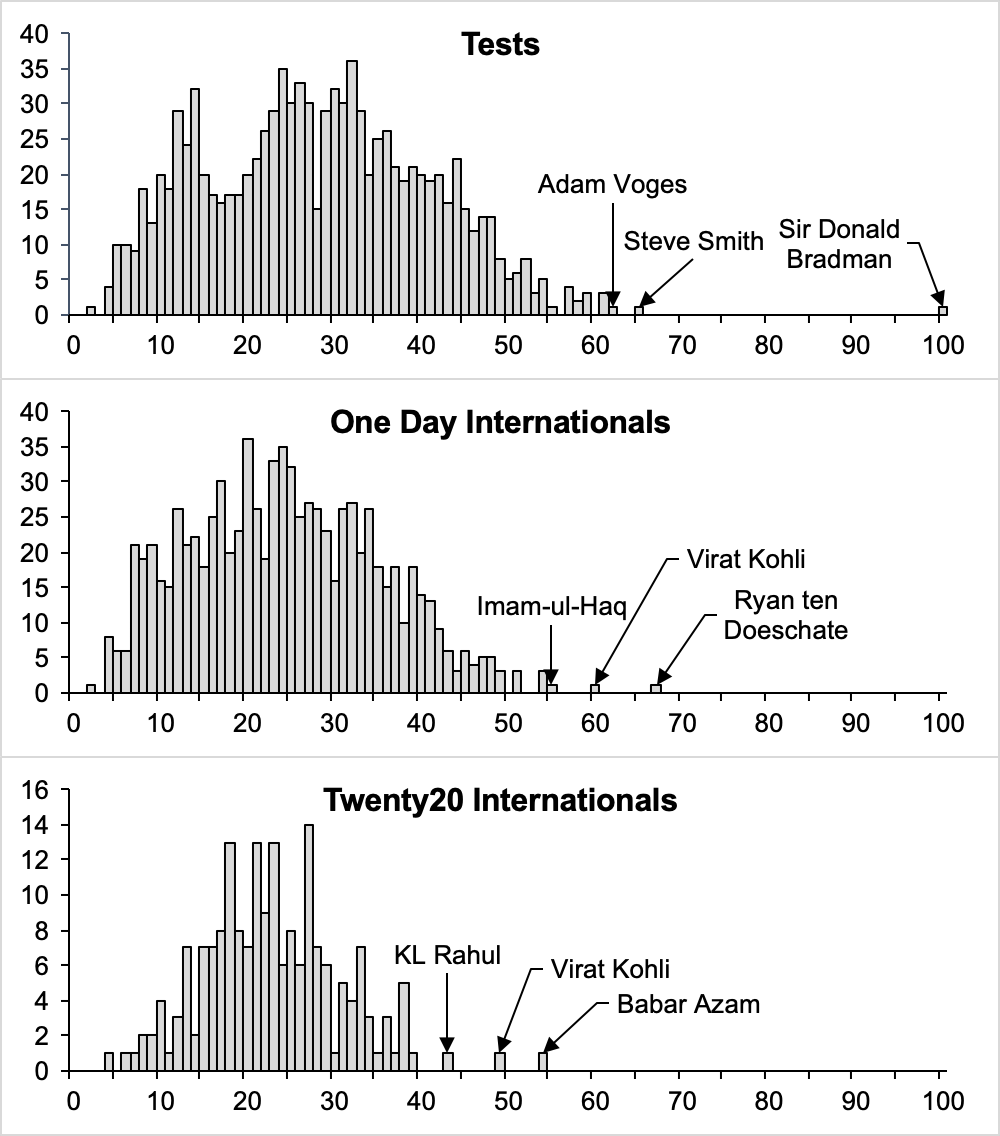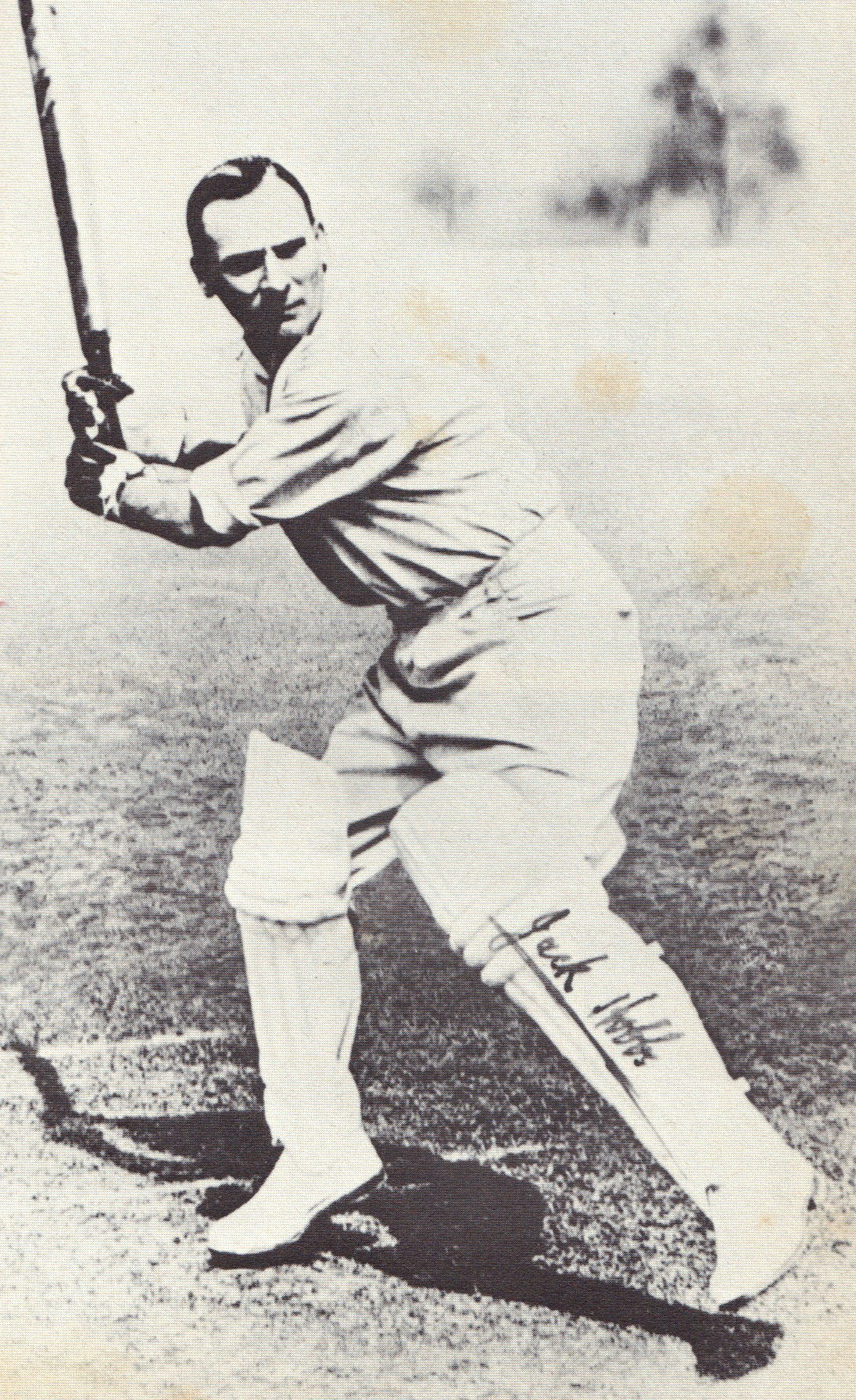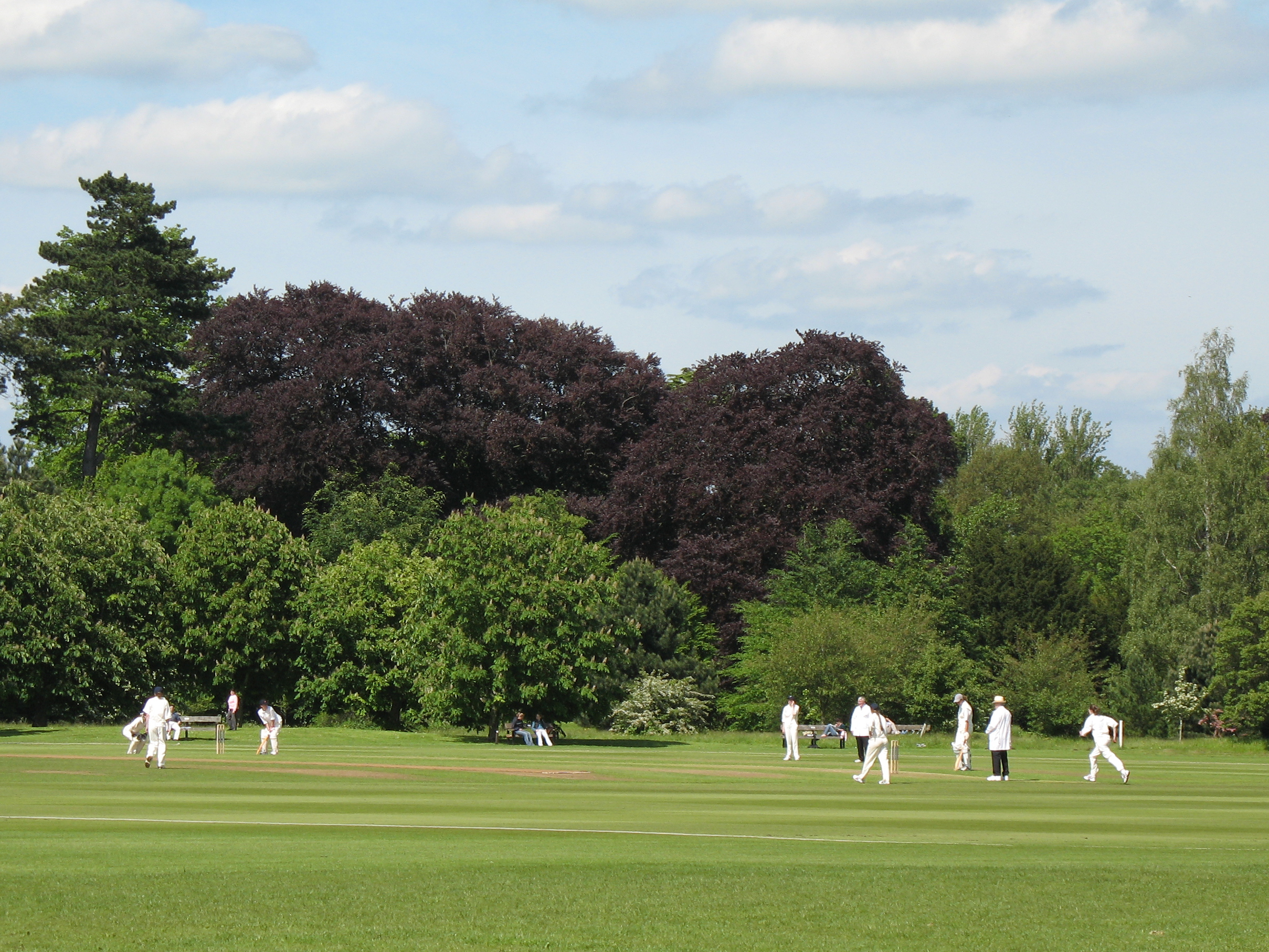|
Henry Plowden
Sir Henry Meredyth Chichele Plowden (26 September 1840 — 8 January 1920) was an English first-class cricketer, barrister and judge. The son of George Augustus Chichele Plowden (1810–1871) and Charlotte Elise née Robertson (1821–1862), he was born in British India at Sylhet in September 1840. He was educated in England at Harrow School, where he played for the school cricket team. He was also a champion rackets player whilst at Harrow. From there, he matriculated to Trinity College, Cambridge. He was a member of the Cambridge University Cricket Club and made his debut in first-class cricket for the club against the Cambridge Town Club at Fenner's in 1860. He played first-class cricket for the university until 1863, making ten appearances; four of these came in The University Match against Oxford University at Lord's, gaining him his blue. He also captained the club in his final two years of study. Alongside playing for Cambridge, Plowden also played first-class cricket for ... [...More Info...] [...Related Items...] OR: [Wikipedia] [Google] [Baidu] |
Sylhet
Sylhet ( bn, সিলেট) is a metropolitan city in northeastern Bangladesh. It is the administrative seat of the Sylhet Division. Located on the north bank of the Surma River at the eastern tip of Bengal, Sylhet has a subtropical climate and lush highland terrain. The city has a population of more than half a million and is one of the largest cities in Bangladesh after Dhaka, Chittagong and Khulna. Sylhet is one of Bangladesh's most important spiritual and cultural centres. Furthermore, it is one of the most economically important cities after Dhaka and Chittagong. The city produces the highest amount of tea and natural gas. The hinterland of the Sylhet valley is the largest oil and gas-producing region in Bangladesh. It is also the largest hub of tea production in Bangladesh. It is notable for its high-quality cane and agarwood. The city is served by the Osmani International Airport, named after General Bangabir M A G Osmani, the Commander-in-Chief of the Mukti Bahini duri ... [...More Info...] [...Related Items...] OR: [Wikipedia] [Google] [Baidu] |
First-class Cricket
First-class cricket, along with List A cricket and Twenty20 cricket, is one of the highest-standard forms of cricket. A first-class match is one of three or more days' scheduled duration between two sides of eleven players each and is officially adjudged to be worthy of the status by virtue of the standard of the competing teams. Matches must allow for the teams to play two innings each, although in practice a team might play only one innings or none at all. The etymology of "first-class cricket" is unknown, but it was used loosely before it acquired official status in 1895, following a meeting of leading English clubs. At a meeting of the Imperial Cricket Conference (ICC) in 1947, it was formally defined on a global basis. A significant omission of the ICC ruling was any attempt to define first-class cricket retrospectively. That has left historians, and especially statisticians, with the problem of how to categorise earlier matches, especially those played in Great Britain be ... [...More Info...] [...Related Items...] OR: [Wikipedia] [Google] [Baidu] |
Off Break
Off spin is a type of finger spin bowling in cricket. A bowler who uses this technique is called an off spinner. Off spinners are right-handed spin bowlers who use their fingers to spin the ball. Their normal delivery is an off break, which spins from left to right (from the bowler's perspective) when the ball bounces on the pitch. For a right-handed batsman, this is from his off side to the leg side (that is, towards the right-handed batsman, or away from a left-handed batsman). The ball breaks ''away'' from the off side, hence the name 'off break'. Off spinners bowl mostly off breaks, varying them by adjusting the line and length of the deliveries. Off spinners also bowl other types of delivery, which spin differently. Aside from these variations in spin, varying the speed, length and flight of the ball are also important for the off spinner. The bowler with the most wickets in the history of both Test matches and ODIs, Muttiah Muralitharan, was an off spinner. History Alt ... [...More Info...] [...Related Items...] OR: [Wikipedia] [Google] [Baidu] |
Five Wicket Haul
In cricket, a five-wicket haul (also known as a "five–for" or "fifer") occurs when a bowler takes five or more wickets in a single innings. This is regarded by critics as a notable achievement, equivalent to a century from a batsman. Taking a five-wicket haul at Lord's earns the bowler a place on the Lord's honours boards. Records As of 2022, only eleven cricketers have taken a five-wicket haul in all three international formats of the game (Test cricket, One Day International and Twenty20 International): Sri Lankan's Ajantha Mendis and Lasith Malinga, Indian's Bhuvneshwar Kumar and Kuldeep Yadav, New Zealander Tim Southee, South African's Imran Tahir and Lungi Ngidi, Bangladeshi Shakib Al Hasan, Pakistani Umar Gul, West Indian Jason Holder. and Afghan Rashid Khan. In 2018, Afghan cricketer Mujeeb Zadran, aged 16, became the youngest bowler to take a five-wicket haul in an ODI. In 2019, Pakistani cricketer Naseem Shah, also aged 16, became the youngest bowler to take ... [...More Info...] [...Related Items...] OR: [Wikipedia] [Google] [Baidu] |
Bowling Average
In cricket, a player's bowling average is the number of runs they have conceded per wicket taken. The lower the bowling average is, the better the bowler is performing. It is one of a number of statistics used to compare bowlers, commonly used alongside the economy rate and the strike rate to judge the overall performance of a bowler. When a bowler has taken only a small number of wickets, their bowling average can be artificially high or low, and unstable, with further wickets taken or runs conceded resulting in large changes to their bowling average. Due to this, qualification restrictions are generally applied when determining which players have the best bowling averages. After applying these criteria, George Lohmann holds the record for the lowest average in Test cricket, having claimed 112 wickets at an average of 10.75 runs per wicket. Calculation A cricketer's bowling average is calculated by dividing the numbers of runs they have conceded by the number of wickets t ... [...More Info...] [...Related Items...] OR: [Wikipedia] [Google] [Baidu] |
Batting Average (cricket)
In cricket, a player's batting average is the total number of runs they have scored divided by the number of times they have been out, usually given to two decimal places. Since the number of runs a player scores and how often they get out are primarily measures of their own playing ability, and largely independent of their teammates, batting average is a good metric for an individual player's skill as a batter (although the practice of drawing comparisons between players on this basis is not without criticism). The number is also simple to interpret intuitively. If all the batter's innings were completed (i.e. they were out every innings), this is the average number of runs they score per innings. If they did not complete all their innings (i.e. some innings they finished not out), this number is an estimate of the unknown average number of runs they score per innings. Each player normally has several batting averages, with a different figure calculated for each type of match ... [...More Info...] [...Related Items...] OR: [Wikipedia] [Google] [Baidu] |
Surrey County Cricket Club
Surrey County Cricket Club (Surrey CCC) is a first-class club in county cricket, one of eighteen in the domestic cricket structure of England and Wales. It represents the historic county of Surrey, including areas that now form South London. Teams representing the county are recorded from 1709 onwards; the current club was founded in 1845 and has held first-class status continuously since then. Surrey have played in every top-level domestic cricket competition in England, including every edition of the County Championship (which began in 1890). The club's home ground is The Oval, in the Kennington area of Lambeth in South London. They have been based there continuously since 1845. The club also has an 'out ground' at Woodbridge Road, Guildford, where some home games are played each season. Surrey's long history includes three major periods of great success. The club was unofficially proclaimed as "Champion County" seven times during the 1850s; it won the title eight times ... [...More Info...] [...Related Items...] OR: [Wikipedia] [Google] [Baidu] |
Southgate Cricket Club
__NOTOC__ Southgate Cricket Club is in Southgate, part of the London Borough of Enfield, England. The club plays at the Walker Cricket Ground, and in the Middlesex County Cricket League. Middlesex County Cricket Club occasionally plays County Championship, one-day, and 20/20 matches at the Southgate ground. The club was founded in 1855 by the brothers, "Walkers of Southgate". Its ground, Chapel Fields in Waterfall Road, Southgate, was renamed the Walker Cricket Ground in their honour in 1907 and is maintained by the Walker Trust. The club played eight matches ranked as first-class between 1863 and 1868. Six of these were against Oxford University and the remaining two were against Cambridge University. Although recognised as first-class fixtures, they were all scheduled for only two days; all were away fixtures. Four of the Walker brothers played for the United All-England Eleven. Both the United All-England team and the Marylebone Cricket Club Marylebone Cricket Club (MCC) ... [...More Info...] [...Related Items...] OR: [Wikipedia] [Google] [Baidu] |
Gentlemen Of England
Cricket, and hence English amateur cricket, probably began in England during the medieval period but the earliest known reference concerns the game being played c.1550 by children on a plot of land at the Royal Grammar School, Guildford, Surrey.Altham, ch. 1. It is generally believed that cricket was originally a children's game as it is not until the beginning of the 17th century that reports can be found of adult participation. Originally, all cricketers were amateurs in the literal sense of the word. Village cricket developed through the 17th century and teams typically comprised players who were all resident in the same village or parish. There is no evidence of professionalism before the English Civil War or during the Commonwealth but legal cases of the period have shown that cricket was played jointly by gentry and workers. Amateur and professional cricketers In the great upsurge of sport after the Restoration in 1660, cricket flourished because so many people had encoun ... [...More Info...] [...Related Items...] OR: [Wikipedia] [Google] [Baidu] |
Blue (university Sport)
A blue is an award of sporting colours earned by athletes at some universities and schools for competition at the highest level. The awarding of blues began at Oxford and Cambridge universities in England. They are now awarded at a number of other British universities and at some universities in Australia, Canada and New Zealand. History The first sporting contest between the universities of Oxford and Cambridge was held on 4 June 1827, when a two-day cricket match at Lord's, organized by Charles Wordsworth, nephew of the poet William, resulted in a draw. There is no record of any university "colours" being worn during the game. At the first Boat Race in 1829, the Oxford crew was dominated by students of Christ Church, whose college colours were dark blue. They wore white shirts with dark blue stripes, while Cambridge wore white with a pink or scarlet sash. At the second race, in 1836, a light blue ribbon was attached to the front of the Cambridge boat, as it was the colour of G ... [...More Info...] [...Related Items...] OR: [Wikipedia] [Google] [Baidu] |
Lord's
Lord's Cricket Ground, commonly known as Lord's, is a cricket venue in St John's Wood, London. Named after its founder, Thomas Lord, it is owned by Marylebone Cricket Club (MCC) and is the home of Middlesex County Cricket Club, the England and Wales Cricket Board (ECB), the European Cricket Council (ECC) and, until August 2005, the International Cricket Council (ICC). Lord's is widely referred to as the ''Home of Cricket'' and is home to the world's oldest sporting museum. Lord's today is not on its original site; it is the third of three grounds that Lord established between 1787 and 1814. His first ground, now referred to as Lord's Old Ground, was where Dorset Square now stands. His second ground, Lord's Middle Ground, was used from 1811 to 1813 before being abandoned to make way for the construction through its outfield of the Regent's Canal. The present Lord's ground is about north-west of the site of the Middle Ground. The ground can hold 31,100 spectators, the capacity ... [...More Info...] [...Related Items...] OR: [Wikipedia] [Google] [Baidu] |
Oxford University Cricket Club
Oxford University Cricket Club (OUCC), which represents the University of Oxford, has always held first-class status since 1827 when it made its debut in the inaugural University Match between OUCC and Cambridge University Cricket Club (CUCC). It was classified as a List A team in 1973 only. Home fixtures are played at the University Parks slightly northeast of Oxford city centre. History The earliest reference to cricket at Oxford is in 1673. OUCC made its known debut in the inaugural University Match between Oxford and Cambridge played in 1827. In terms of extant clubs being involved, this is the oldest major fixture in the world: i.e., although some inter-county fixtures are much older, none of the current county clubs were founded before 1839 (the oldest known current fixture is Kent ''versus'' Surrey). The Magdalen Ground was used for the University Cricket Club's first match in 1829, and remain in regular use until 1880. Bullingdon Green was used for two matches in 18 ... [...More Info...] [...Related Items...] OR: [Wikipedia] [Google] [Baidu] |






